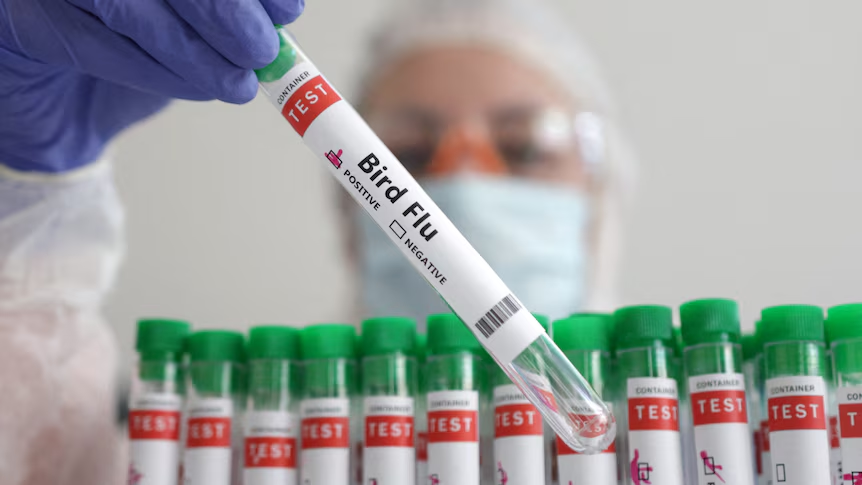A two-and-a-half-year-old girl from Australia tested positive for H5N1 bird flu, necessitating intensive care treatment following her recent trip to India, as reported by the World Health Organization (WHO) on Friday.
This marks the first documented case of human infection with the avian influenza A(H5N1) virus in Australia, according to a statement from the WHO.
The source of the girl’s exposure to the virus remains unclear, but the WHO suggested it likely occurred during her visit to India. Historically, this strain of the virus has been detected in birds in India, indicating a possible environmental exposure during her stay, NDTV
Despite this confirmed case, the WHO has assessed the current risk posed by the H5N1 virus to the general population as low.
The girl traveled to Kolkata from February 12 to 29 without any known contact with sick individuals or animals during her visit. Upon her return to Australia on March 1, she was admitted to a hospital in southeastern Victoria the following day.

READ ALSO:
Ukrainian Officials Face Scorching Heat After Russian Attacks Disrupt Power Supply
Due to worsening symptoms, she was transferred to an intensive care unit in Melbourne on March 4, where she received treatment for one week. After two and a half weeks in the hospital, she was discharged.
During her hospitalization, tests confirmed she had contracted influenza A, and further analysis in April identified the specific subtype as A(H5N1). This subtype circulates in Southeast Asia and has previously been found in both human infections and poultry.
The girl has since recovered and no symptoms have been reported among her relatives in either Australia or India. Indian authorities have been informed and have commenced an epidemiological investigation to determine the source of the infection and prevent further cases.

This incident highlights the ongoing vigilance required for avian influenza viruses and the importance of prompt identification and response to prevent widespread outbreaks.
The WHO continues to monitor the situation closely and collaborates with local health authorities to ensure the public remains informed and protected.
Discover more from Cine critique
Subscribe to get the latest posts sent to your email.

